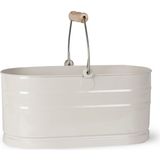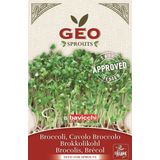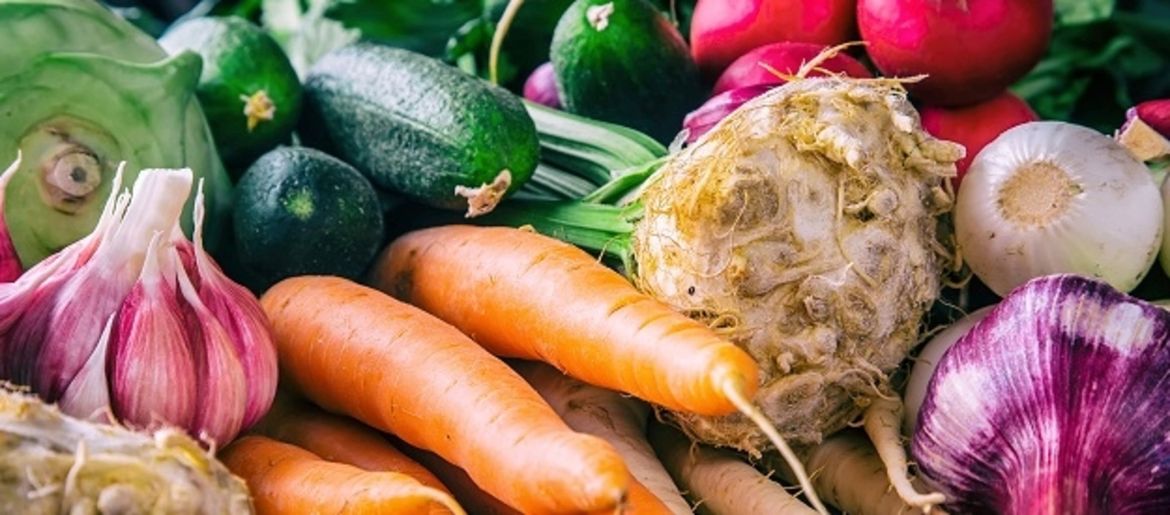The Best Plant Companions
Plants that make good neighbours
Anyone who observes their garden closely over several years will notice that some plant pairings thrive side by side, growing together in perfect harmony all summer long – while others seem to repel one another, slowly retreating until one eventually disappears.
Plants that love each other - and those that don’t
Take marigolds and thyme, for example: they simply don’t get along. Usually, the marigold loses out, though sometimes both plants fail to thrive. It’s a little-known but easily verifiable fact. However, it’s worth remembering that thyme loves the sun - in shady spots, it will struggle even without marigolds nearby. Wild strawberries, on the other hand, make excellent companions for thyme.
Roses and lavender, by contrast, are often considered the perfect match - although it’s rarely true that lavender alone keeps aphids at bay. What many gardeners don’t realise is that roses and lavender actually prefer very different soil conditions, which makes this partnership more complicated than it seems. Roses are extremely fussy about their “luxury” soil - not too wet, not too dry, not too rich, not too poor, not too warm, not too cold. Whereas lavender thrives best on stony ground that stays warm. Interestingly, lavender also pairs beautifully with tomatoes, which, however, dislike being planted close to other members of the nightshade family.
Aubergines, peppers, chillies, and potatoes have similar growing requirements to tomatoes and therefore don’t complement them well, neither in terms of soil conditions nor potential pests. The Colorado potato beetle, for instance, doesn’t usually go for tomatoes, yet it’s been observed to infest tomato plants growing right next to potatoes.
This means that some plants simply don’t “get along” and avoid each other, while others with similar needs also make poor companions because they can’t support each other, above or below ground. Potatoes, for example, don’t get on with pumpkins or sunflowers. Kohlrabi and spinach, however, make good neighbours for potatoes. Why? They release different substances into the soil through their metabolism, creating a beneficial exchange that promotes growth. Plus, they also mature at different times.
There’s another reason to plan your plant companions carefully: the time-tested friendship of sage, thyme, and peppermint with cabbage plants. These aromatic herbs help keep the cabbage white butterfly, the small white culprit whose larvae can devastate cabbages, at bay. Adding celeriac to your cabbage patch also helps deter pesky flea beetles.
Good and bad neighbours:
| Plant | Good neighbours | Bad neighbours |
| Potatoes | Caraway, coriander, spinach, kohlrabi, corn, nasturtium | Pumpkin, tomato, sunflowers, celery |
| Strawberries | Garlic, cabbage, leeks, radish, onions, lettuce, beans, chives, spinach | Potatoes, cabbage |
| Cabbage heads | Celery, sage, thyme and peppermint, celery, basil | Strawberries, garlic, onion |
| Kohlrabi | Potatoes, pumpkin, beans, peas, lettuce, tomatoes, radishes, beets, celery, spinach, leeks | Kohlrabi, in turn, goes well with almost everything. |
| Pumpkin | Kohlrabi, corn, peas, beans, radish, daikon radish | Potatoes, tomatoes, peppers, onions |
| Tomatoes | Parsley, lavender, garlic, cabbage, kohlrabi, nasturtium, onion, spinach, basil, beans, carrots, leeks | Eggplant, bell peppers, chilli peppers, potatoes, peas, fennel, beets, cucumbers |
| Peppermint | Grape vine (helps against powdery mildew) | |
| Marigolds | Potatoes, cabbage (increases crop yield, promotes soil health) | thyme |
| Roses | Lavender and many other flowering plants | |
| Sage | Thyme, rosemary | |
| Celery | Cabbage heads | Potato, corn |
| Spinach | Tomatoes, potatoes, cabbage, kohlrabi, radishes, daikon radish, Chinese cabbage, strawberries | Beetroot, onion |
| Thyme | Wild strawberries, rosemary, sage | Basil (stunted) |
Find high-quality seeds for your garden here:
Latest reviews
-
 € 7,89
€ 7,89Delivery by November 21
-
 5.0 (1)
5.0 (1)Garden Trading Storage Box with a Wooden Grip
- Made of sturdy metal
- High-quality powder coated metal
- Dimensions: 20 x 36 x 19 cm
€ 31,99Sold out
-
 5.0 (4)
5.0 (4)Bavicchi Organic Sprouting Broccoli Seeds, 13 grams
- Rich in minerals
- Raw or cooked
- Mild flavour
€ 2,89 (€ 222,31 / kg)Delivery by November 21
Magazine Articles:
Discover Bloomling:
-
Ireland: Free standard delivery from € 64,90
-
Free
returns More than 10.250 products
Secure payments
with SSL encryption technology

